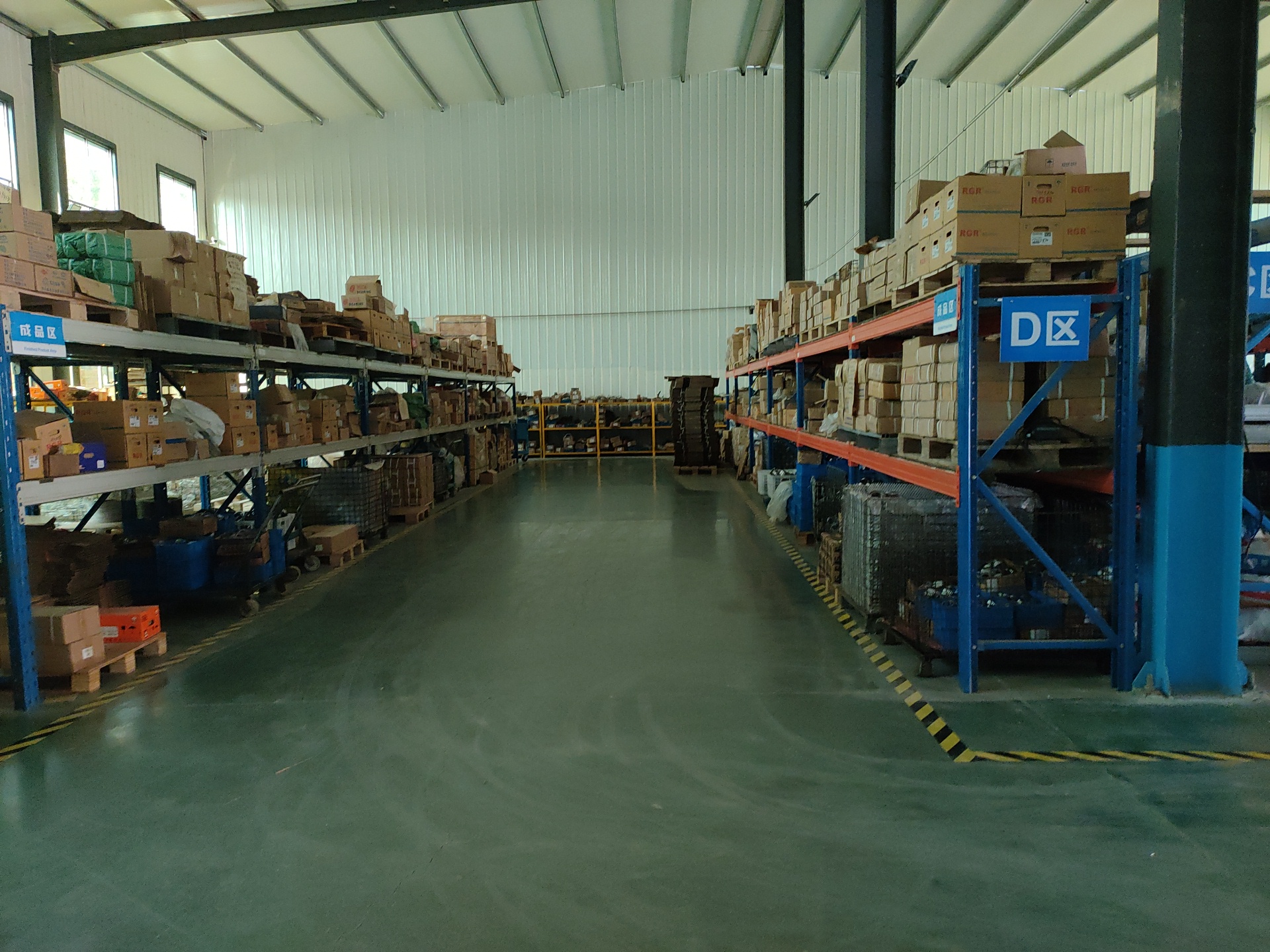SMS code login
Password Login
Get SMS verification code
Get SMS verification code

2025-02-05

The growth trend of the Chinese bearing market size is influenced by the following factors:
Policy Factors
Industrial Policy Support: The state regards the bearing industry as an important basic manufacturing industry and provides policy support. For example, preferential tax policies reduce the tax burden on enterprises, enhance their profitability and competitiveness. Capital support policies provide financial guarantees for enterprises, which helps to promote scientific and technological innovation and industrial upgrading, thus promoting the growth of the market size.
Impact of Environmental Protection Policies: Although strict environmental protection regulations pose higher requirements for the production of bearing enterprises, by increasing investment in environmental protection and improving the environmental protection level, enterprises can establish an image of green production, enhance social trust, and win more market opportunities for the enterprises. In the long run, it is conducive to the standardized development of the industry and the stable growth of the market size.
International Trade Policies: Tariff adjustments and the setting of trade barriers directly affect the import and export of bearing products. If trade policies are favorable, they will provide opportunities for Chinese bearing enterprises to expand into the international market and promote the expansion of the market size. Conversely, it may bring challenges, forcing enterprises to adjust their market strategies, explore the potential of the domestic market, etc.
Market Demand Factors
Demand in the Industrial Field: Industries such as the automotive industry, construction machinery, mining machinery, rail transit, and general machinery have a strong demand for bearings. The development and expansion of these industries will directly drive the growth of the bearing market size. For example, the rapid development of the new energy vehicle industry has led to an increasing demand for high - precision and high - performance bearings.
Demand from the High - end Equipment Manufacturing Industry: The development of high - end equipment manufacturing industries such as aerospace and high - end CNC machine tools has led to a growing demand for high - end and precision bearings. This promotes the high - end development of the bearing industry, increases the added value of products, and further promotes the expansion of the market size.
International Market Demand: Developed countries have a stable demand for high - end and precision bearings and rely heavily on imported bearings. Emerging market countries such as India and Brazil have seen a rapid increase in the demand for bearings with the advancement of their industrialization process, providing a broad international market space for Chinese bearing enterprises.
Technological Factors
Driven by Technological Innovation: By introducing, digesting, absorbing international advanced technologies and carrying out re - innovation, enterprises have made remarkable progress in the fields of high - speed, precision, and large - scale bearings. They can produce products that meet high - end demands, improve product quality and performance, expand application fields, and thus expand the market size.
Promoted by Intelligent Manufacturing: Automation and intelligent transformation have improved production efficiency and product quality, reduced production costs, and given rise to new business models and service models such as remote maintenance and intelligent predictive maintenance. These bring new market opportunities and growth points for bearing enterprises, driving the growth of the market size.
Raw Material and Cost Factors
Raw Material Supply: Establishing a diversified supplier system to ensure the timely supply of raw materials and reduce the risk of production interruption helps to maintain stable production, meet market demand, and promote the growth of the market size.
Cost Control: By optimizing the production process, reducing raw material procurement costs, and improving production efficiency, enterprises can reduce product prices while ensuring product quality, improve market competitiveness, strive for a larger market share, and promote the expansion of the market size.
Competitive Factors
Optimization of the Industry Competition Pattern: Large enterprises dominate the high - end bearing market with their advantages in capital, technology, and brand, while small and medium - sized enterprises focus on the low - and medium - end markets and seek survival space through differential competition. The industry concentration gradually increases, and the market share of leading enterprises continues to expand, promoting the overall development of the industry and the growth of the market size.
Driven by International Competition: Although the entry of global bearing manufacturing enterprises brings competitive pressure, it also prompts domestic enterprises to increase R & D investment, improve technological levels and product quality, strengthen brand building, expand overseas markets, and enhance international competitiveness. Thus, it promotes the continuous expansion of the Chinese bearing market size in international competition.
XIR Bearing Professional Manufacturing:
Stainless steel bearing(SUS420/SUS440/SUS304/SUS316 ss bearing),Ceramic bearing( ZrO2,SI3N4,SIC,PTFE,PEEK,PA66),High temperature resistant bearings,Low temperature resistant bearings,Electric motor bearings, Motor bearings, Automotive bearings,Wheel bearings,Tricycle bearings,Tractor bearings,Axle bearings,Differential bearings,Transmission bearings,Reducer bearings,Gearbox bearings,Mining machinery bearings,Construction machinery bearings,construction machinery bearings,Excavators bearings,textile machines bearings,
Shandong XIR Bearing Co.,Ltd.
Shandong XIR Technology Co.,Ltd.
Add: North of Mahuzhai village West Road, TangyuanTown, Liaocheng,Shandong, China
Tel: +86 635 8300355Cell: +86 13406379000 (Whatsapp/Wechat)
Email: sales@xirbearing.com
Web: www.xirbearing.com